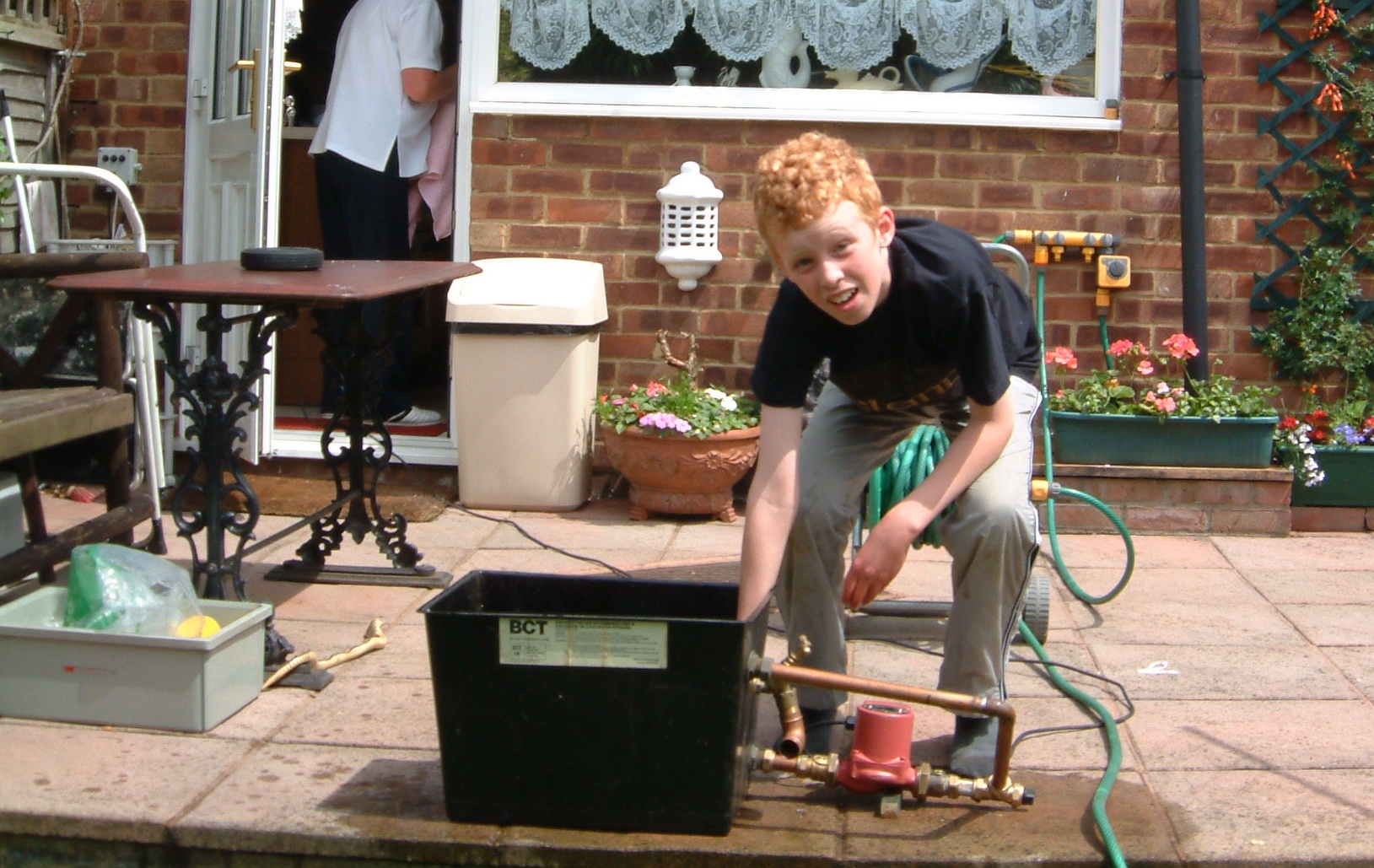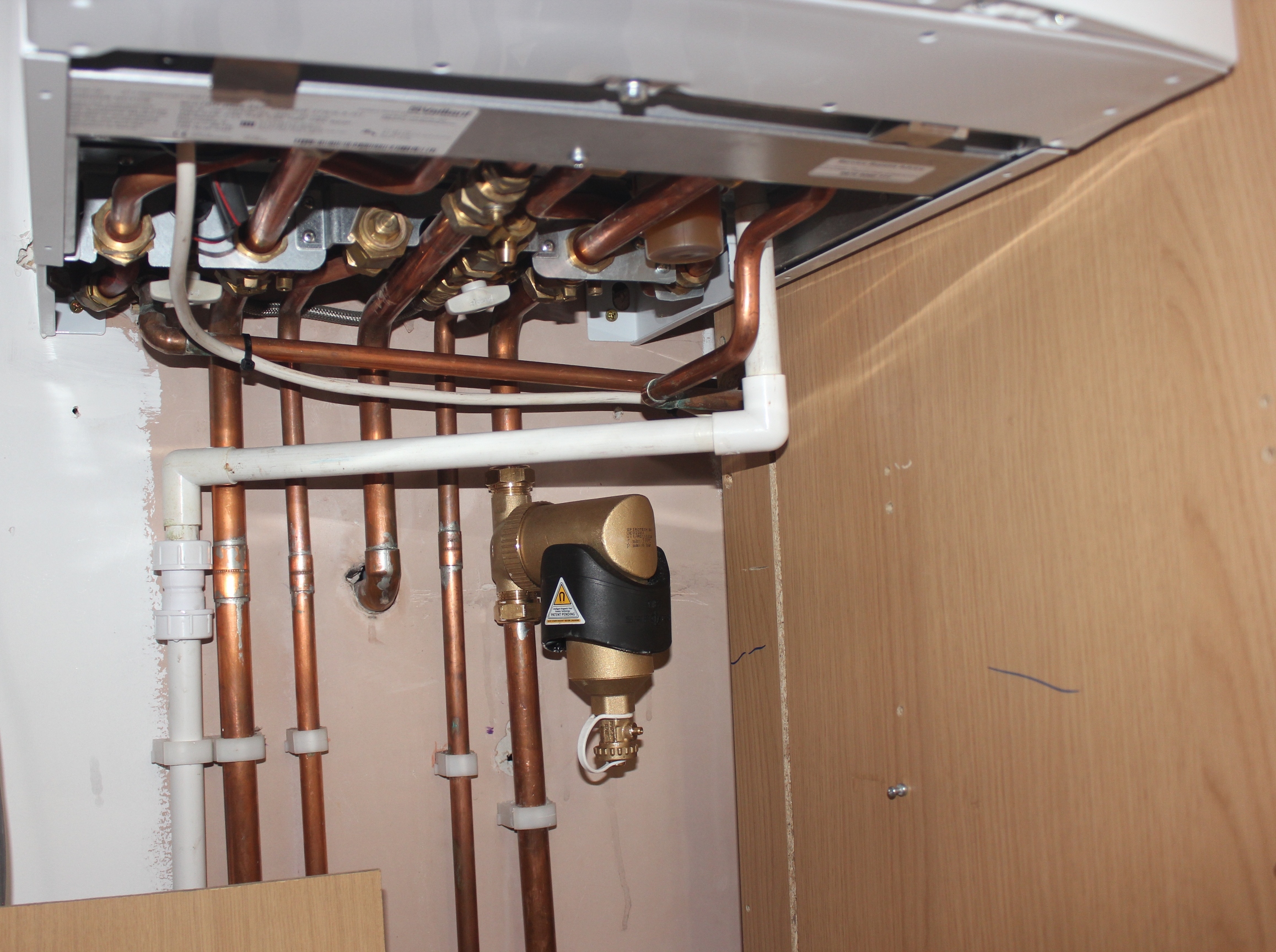On a side note, how often do you lot come across direct central heating systems these days, they must be pretty rare. I am talking about the type where the hot water that is drawn of from the HW tank is the same water as circulated and heated by the boiler? Did these systems ever have radiators connected up to them?, Limescale must have been a real issue with the water constantly being replaced?
You're on about a primatic cylinder. Yes they are very rare now and we should be really pushing to have them removed whenever we come across one. Not because we want to sell stuff but because they really aren't healthy! Have been doing this for nigh on 20 years and come across about 10 of them. This was in the B'ham area though and mostly the black country and TBH they weren't that that badly scaled but we had softish water there. Ooop here they'd have probably lasted about a month.
Jon





